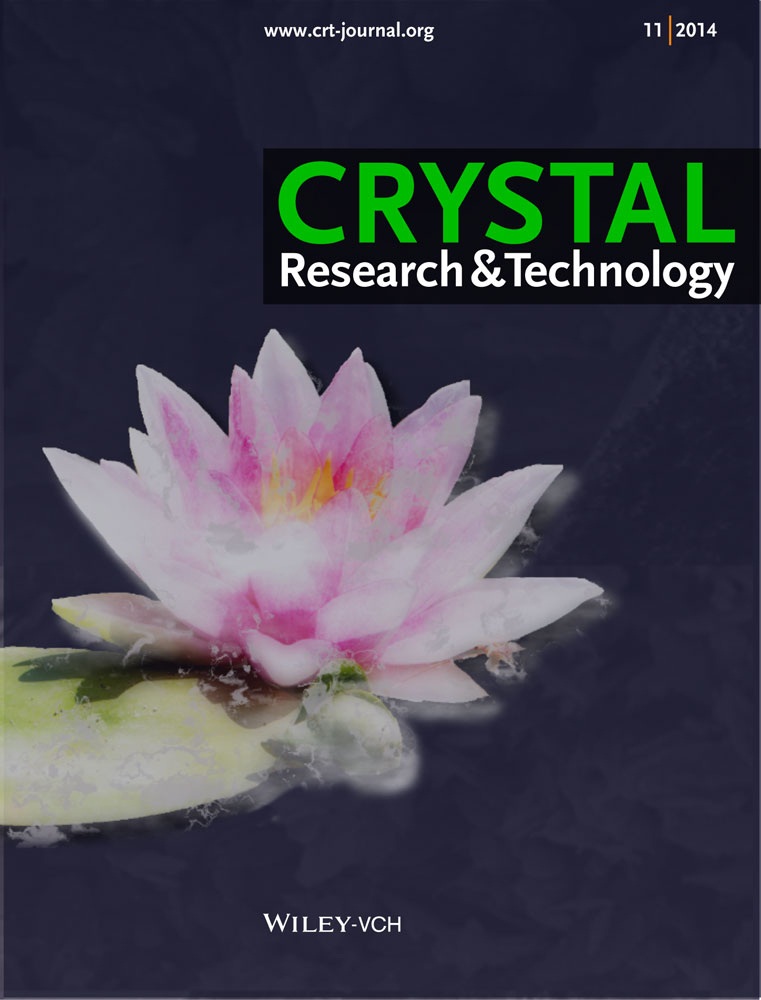Preparation of strontium chloride hexahydrate by batch-cooling crystallization: Control of crystal size and morphology
Abstract
The effects of initial supersaturation, cooling rate, and stirring rate on the morphology of strontium chloride hexahydrate (SrCl2·6H2O) crystals were investigated by batch-cooling crystallization, providing optimal operating conditions. Uniform needle-like crystals with a length of 1200.50 μm and a width of 100.92 μm on average were obtained. The corresponding aspect ratio of length to width was about 11.90. Moreover, the morphological modification of SrCl2·6H2O crystals using cetyltrimethylammonium chloride (CTAC) was studied. When 20.30 mmol·L−1 of CTAC was added, the length and width of crystals were 792.71 μm and 233.25 μm, respectively, and the corresponding aspect ratio decreased to 3.40. The shape of SrCl2·6H2O crystal changed to granule-like, probably because of the strong interaction of CTAC with the SrCl2·6H2O facets with a denser distribution of Cl− ions. This study offers a simple, flexible, and highly efficient approach to regulate the morphology of SrCl2·6H2O crystals and opportunities for multiple applications of SrCl2·6H2O.




